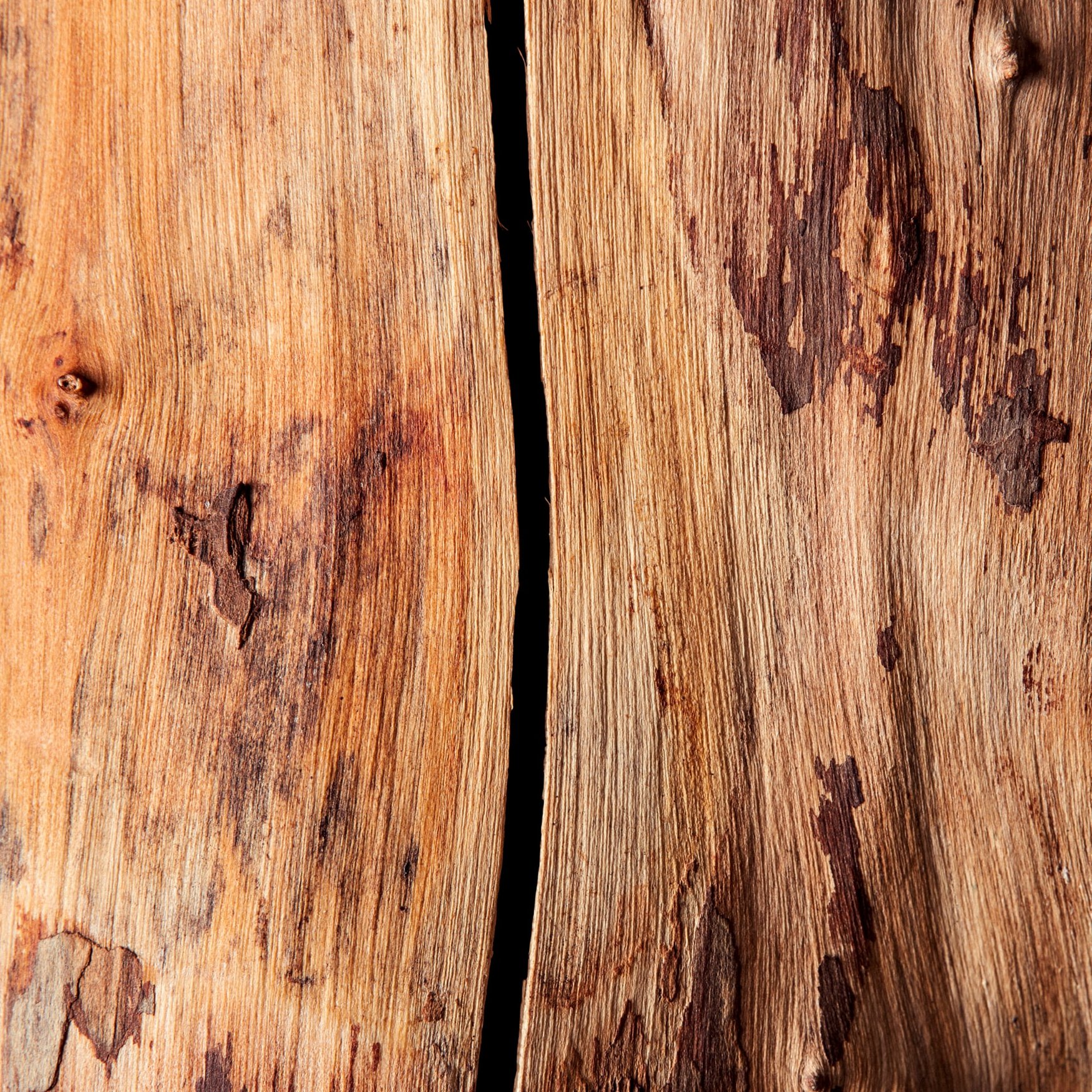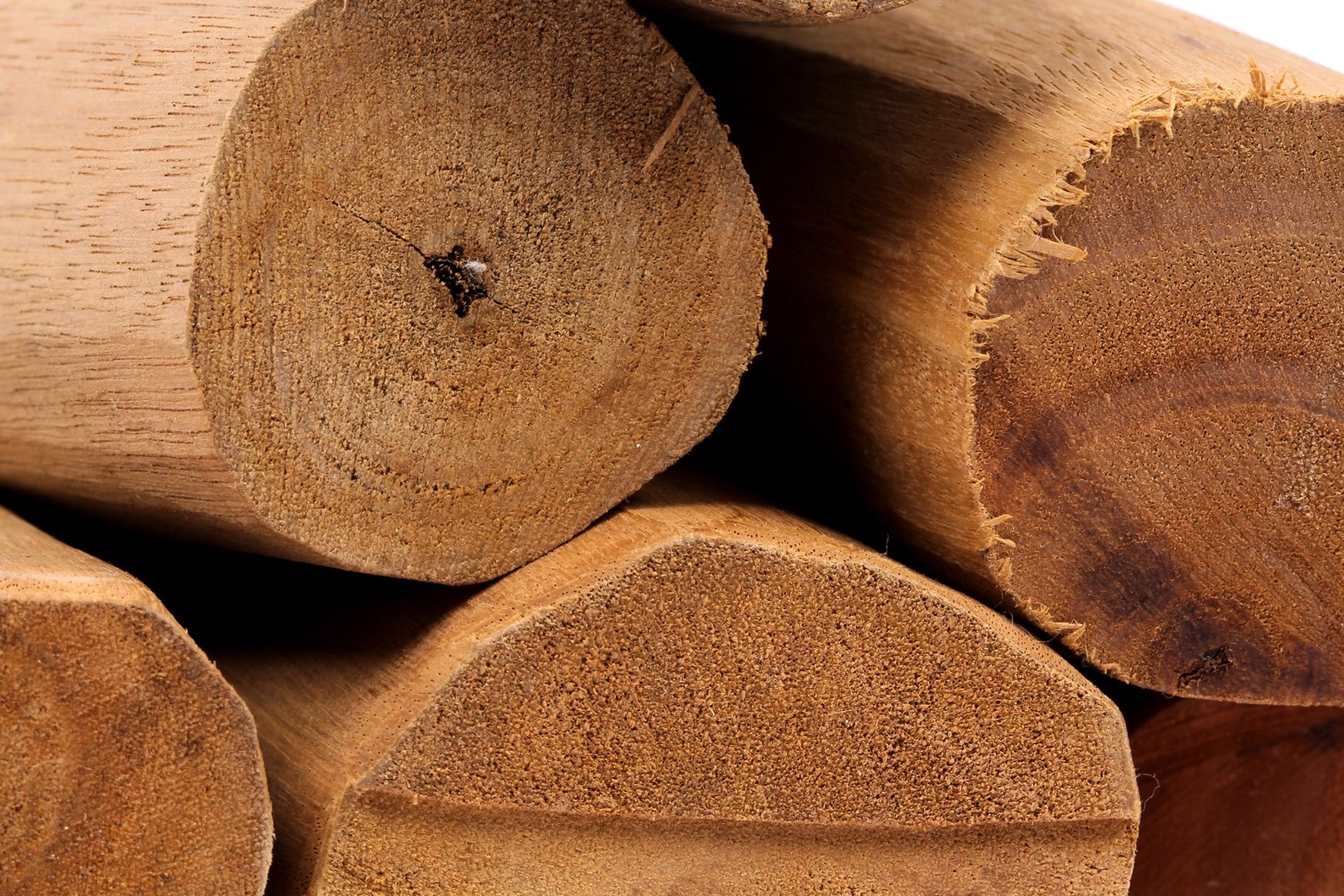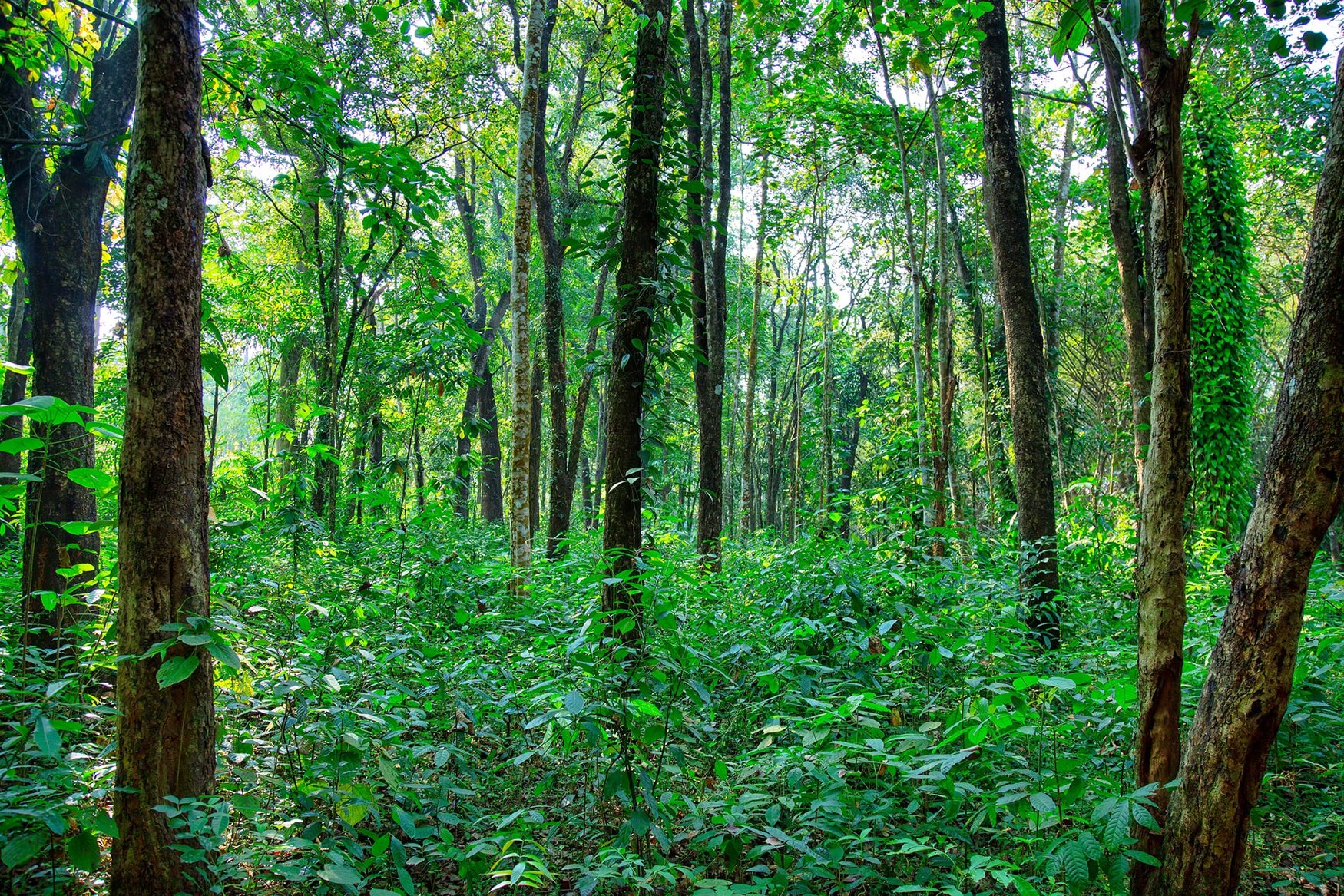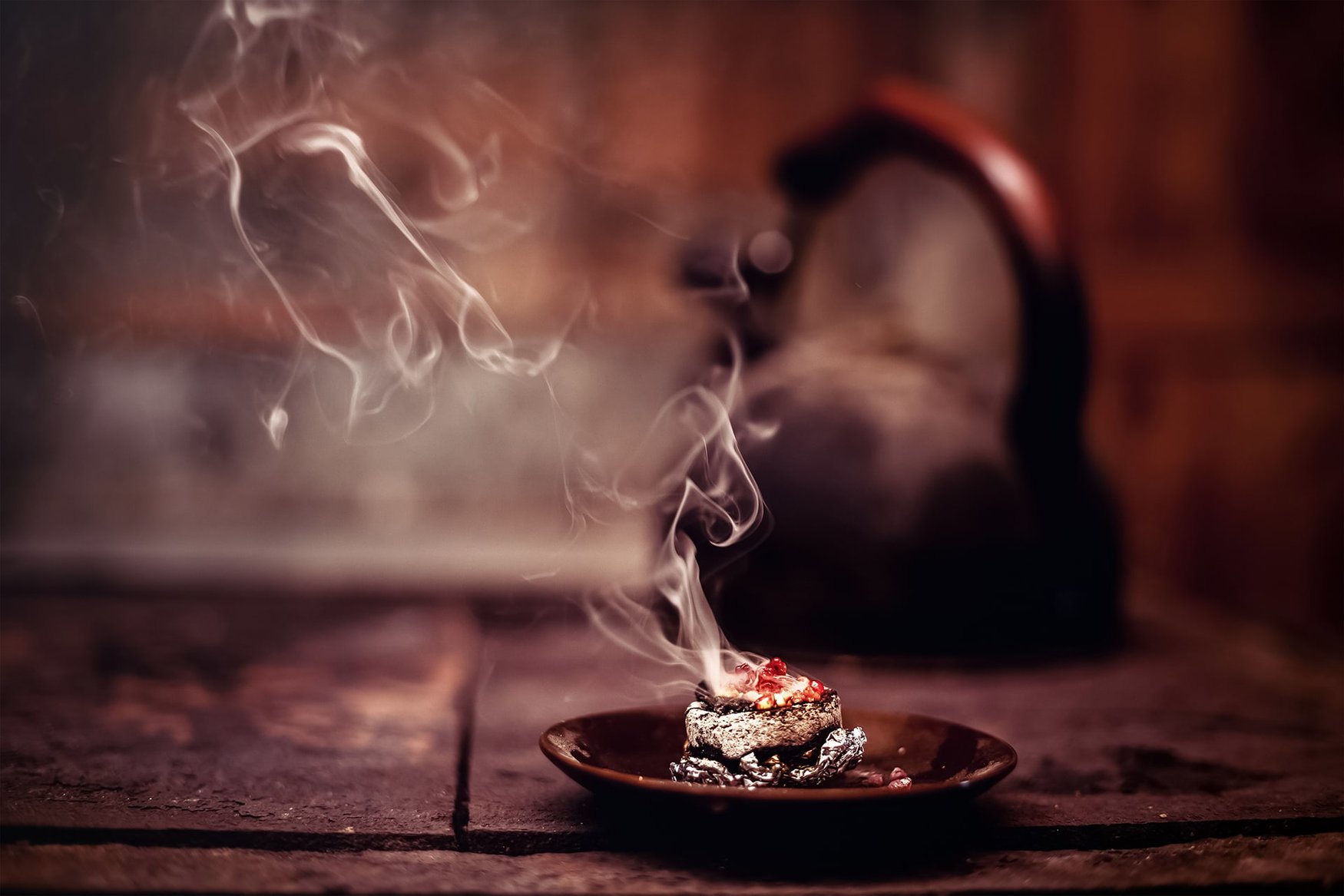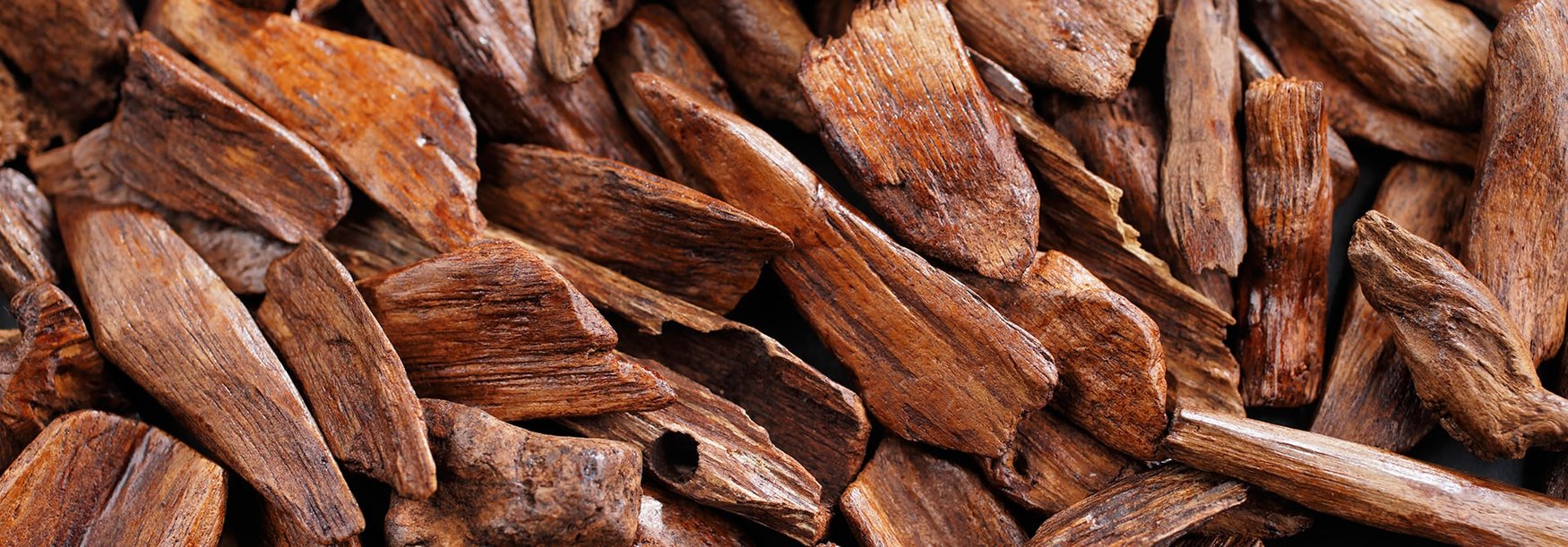Sandalwood (New Caledonia)
Woody, milky, creamy, unctuous, oriental, persistent, warm, pervasive, balsamic, suave, velvety.
A must-have in any perfumer’s arsenal, sandalwood forms the base note of countless fragrance compositions. Its milky, suave facets make for a deliciously blendable fixative that has inspired perfumers for millennia. It’s a woody and ambery note with a pervasive warmth that is both velvety-smooth and decadently creamy.
Data sheet
- Type
- Extraction Method
- Used parts
- Natural raw material
- Steam distillation
- Roots and tree core reduced in powder
